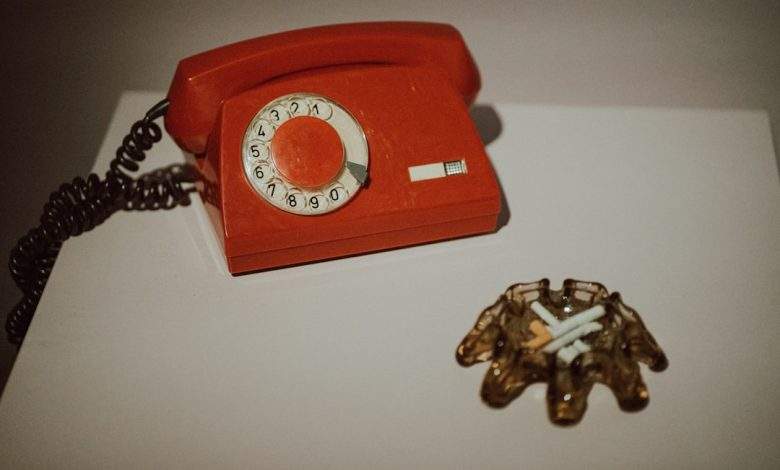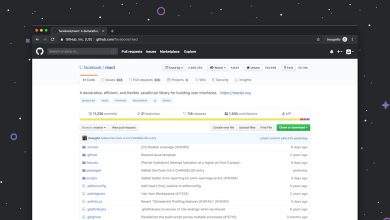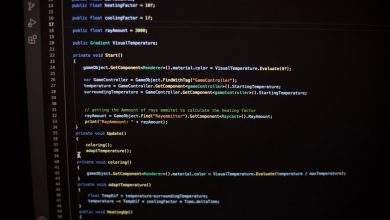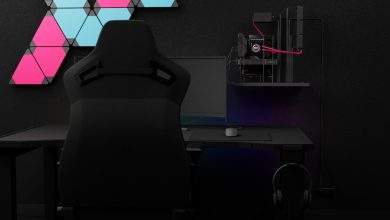
Palm OS 3.5: Troubleshooting Vintage PDA Software in 2025
In an age dominated by smartphones and cloud-based computing, it’s easy to forget the early pioneers of mobile productivity. Among them is Palm OS 3.5, a version of the famous operating system that helped define personal digital assistants (PDAs) in the late 1990s and early 2000s. Fast forward to 2025, and there’s still a niche community of collectors, developers, and tech tinkerers who actively use and maintain these vintage devices. Despite their age, Palm OS machines like the Palm IIIxe and the Handspring Visor Deluxe remain surprisingly functional. However, troubleshooting these legacy systems presents a unique set of challenges.
This article provides a serious and detailed guide to identifying and solving common issues found when operating Palm OS 3.5 in today’s technologically advanced environment.
Understanding Palm OS 3.5 in a Modern Context
Palm OS 3.5 was released in 1999 and introduced fully 32-bit operating capabilities along with improved graphical support. Although the interface was basic by today’s standards, it provided a solid framework for productivity tools ranging from calendars to rudimentary spreadsheet applications.
These devices were designed in an era with no Wi-Fi, no Bluetooth, and minimal online connectivity. As a result, using Palm OS 3.5 today requires adaptation and creativity.
[ai-img]palm os, vintage pda, old gadgets[/ai-img]Common Software Issues and How to Resolve Them
The most frequent issues when dealing with Palm OS 3.5 in 2025 fall into a few clear categories. Here’s how to approach them methodically:
1. Compatibility Problems with Modern Operating Systems
- Challenge: Palm Desktop software, used for syncing data, was originally built for Windows 98 and early iterations of macOS.
- Solution: Use virtualization software like VirtualBox to install an older operating system that natively supports Palm Desktop 4.1. Alternatively, consider open-source tools such as JPilot or ColdSync developed for Linux environments.
2. Crashes Due to Third-Party App Conflicts
- Challenge: Many Palm applications were written for OS versions before or after 3.5, leading to instability.
- Solution: Remove suspicious or recently installed apps using the built-in Delete function. For corrupted databases, perform a warm or cold reset to clear memory safely without wiping all user data. Be sure to backup beforehand.
3. Corrupted or Unreadable DB Files
- Challenge: Opening legacy databases can result in “fatal error” messages or system freezes.
- Solution: Use third-party tools like DB Explorer or PDB Converter to inspect file integrity. Often, files can be repaired or converted into archival formats like CSV for modern access.
Hardware Limitations and Solutions
Even when the OS is relatively stable, hardware on Palm devices can degrade over time. Here are typical issues and how to address them:
1. Fading Screens and Digitizer Malfunctions
- Consider replacing the digitizer screen. Replacements are still available through specialty vendors or online auction sites. Some enthusiasts have even documented DIY retrofitting with modern LCDs.
2. Battery Failures
- Most Palm OS 3.5 devices used either AAA batteries or early rechargeable lithium-ion cells. In the case of built-in batteries, opening the case and performing a replacement is often possible with basic tools and careful handling.
Data Synchronization Tips
Syncing vintage PDAs with modern systems is difficult but not impossible. While many cloud services don’t recognize Palm file formats, data can be extracted in the following ways:
- Export Palm Desktop data to CSV or vCard format and import it into Google Calendar or Microsoft Outlook.
- Use serial-to-USB adapters that are compatible with legacy hardware. Beware of cheap clones—they often have poor driver support.
Final Thoughts
Troubleshooting Palm OS 3.5 in 2025 requires a blend of technical knowledge, patience, and a passion for vintage computing. While the software was never intended to operate in today’s ecosystem, the robust design and simplicity of Palm OS continues to capture the imagination of retro tech enthusiasts. With the right resources and persistence, these devices can still provide meaningful functionality, even a quarter-century after their debut.
Whether you’re preserving data from an old device or exploring the roots of mobile operating systems, Palm OS 3.5 remains a fascinating case study in durable, efficient design.



